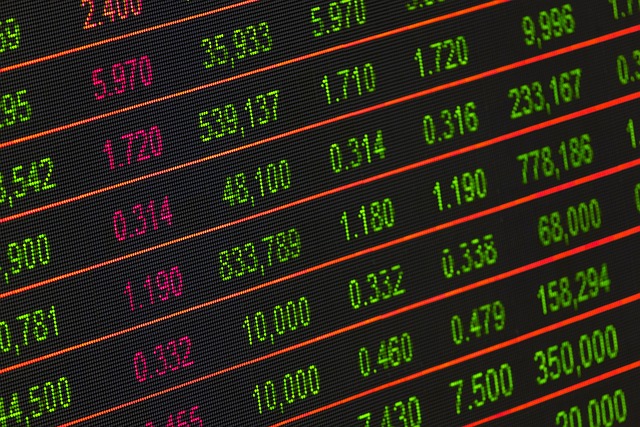Online indices trading plays a crucial role in providing valuable insights into the overall market trends. Traders often rely on various indicators to make informed decisions and maximise their profits. However, the question arises: which index is the best indicator? Let’s delve into this topic and explore the key factors that can help you determine the most effective index for your trading strategies.
What are Online Indices Trading Indicators?
Before we dive into identifying the best indicator, let’s understand what online indices trading indicators are and how they are used in Indices trading in SA. In simple terms, trading indicators are tools or mathematical calculations that analyse historical price data and provide insights into market trends. These indicators are designed to assist traders in making informed decisions regarding buying or selling assets.
Trading indicators can be broadly categorised into two types: lagging indicators and leading indicators. Lagging indicators follow price movements and provide confirmation of a trend that has already begun. Leading indicators, on the other hand, aim to predict potential price movements in advance. Both types of indicators are essential for traders to gain a comprehensive understanding of the market dynamics.
Before we dive into identifying the best indicator, let’s understand what online indices trading indicators are and how they are used in
Top 10 Trading Indicators
Here are ten popular trading indicators that traders often use to analyse market trends and make informed trading decisions:
- Moving Average (MA): A widely used indicator that smooths out price data and helps identify trends by calculating the average price over a specified period.
- Relative Strength Index (RSI): Measures the strength and momentum of a price movement, indicating overbought or oversold conditions. It ranges from 0 to 100.
- Bollinger Bands: Consist of a moving average with upper and lower bands that represent standard deviations of the price, providing insights into volatility and potential price reversal points.
- MACD (Moving Average Convergence Divergence): A trend-following momentum indicator that shows the relationship between two moving averages of an asset’s price, often used to identify potential trend reversals.
- Stochastic Oscillator: Measures the momentum of price movements and indicates overbought or oversold conditions. It consists of two lines that fluctuate between 0 and 100.
- Fibonacci Retracement: Based on the Fibonacci sequence, this indicator helps identify potential support and resistance levels by plotting horizontal lines on a price chart.
- Average True Range (ATR): Measures market volatility by calculating the average range between the high and low prices over a specific period. It can assist in determining stop-loss levels.
- Volume Weighted Average Price (VWAP): Calculates the average price based on trading volume, providing insights into the average price levels at which traders have entered positions.
- Ichimoku Cloud: Offers a comprehensive analysis of support, resistance, and trend direction. It consists of several lines and a shaded area that represents different aspects of market dynamics.
- Parabolic SAR (Stop and Reverse): Helps identify potential trend reversals by placing dots above or below the price, indicating when to enter or exit a position.
Features to consider while choosing an Indices Trading Platform
When it comes to selecting an indices trading platform in SA, it is essential to consider several crucial features. Ensure that the trading platform is regulated by relevant authorities, such as the Financial Sector Conduct Authority (FSCA) in South Africa, like Banxso – Online Trading Platform is regulated by FSCA. Look for a platform that offers an intuitive and user-friendly interface, making it easy for you to navigate and execute trades. Check if the platform provides access to a wide range of indices, allowing you to diversify your portfolio and explore various markets. Access to real-time market data, charts, and analysis tools is crucial for making informed trading decisions. Verify that the platform employs robust security measures, such as encryption and two-factor authentication, to protect your funds and personal information. Evaluate the platform’s trading tools and features, such as order types, risk management tools, and customizable charts, to support your trading strategies. Reliable customer support is essential in case you encounter any issues or have queries about the platform’s functionality. Consider these features while selecting an indices trading platform to ensure a seamless trading experience and maximise your chances of success in the South African market.
Conclusion
In conclusion, the question of which index is the best indicator in online trading does not have a definitive answer. The effectiveness of an index as an indicator depends on various factors, including your trading style, strategy, and market conditions. It is crucial to understand the different types of indicators, such as lagging and leading indicators, and choose the ones that align with your trading goals.















